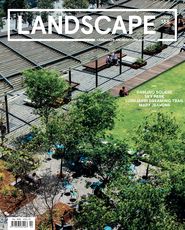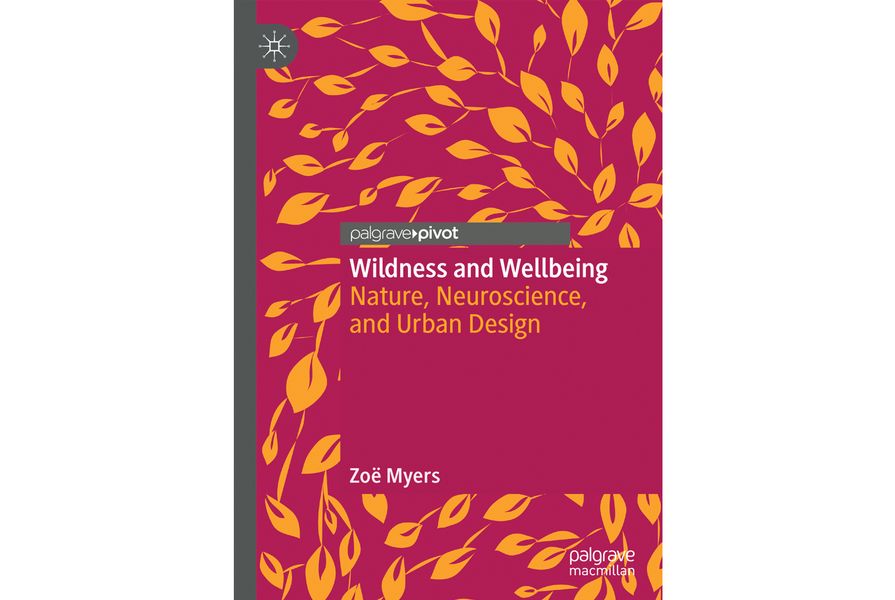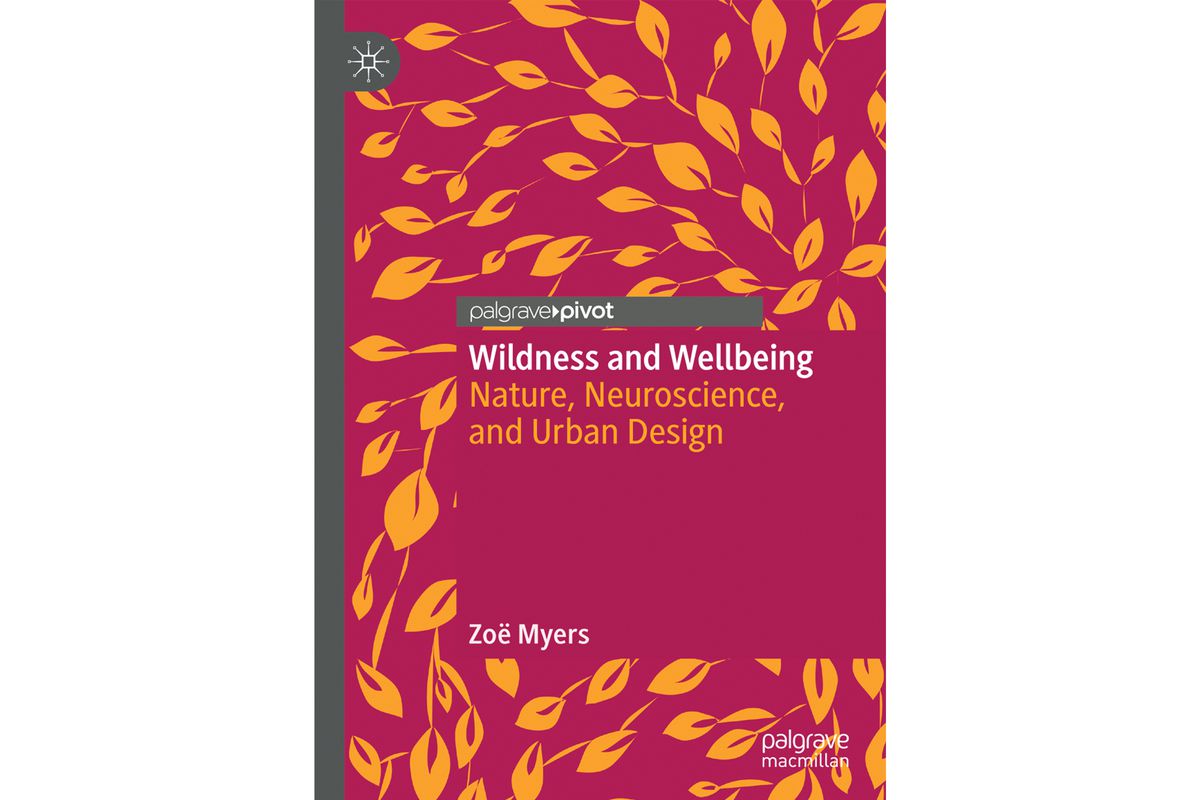Zoe Myers’ recent book Wildness and Wellbeing: Nature, Neuroscience and Urban Design is a catalyst for deeper reflection on the design of public spaces and their impact on mental health and well-being. The book confronts the prevalence of mood disorders in the urban environment. Myers’ thesis explores the role of spatial interventions in fostering “connections with nature,” which she argues is crucial to reducing stress among the urban population. Stemming from an urban design perspective, Wildness and Wellbeing knits together studies from urban ecology, psychology and the medical sciences for a timely probe into the current public mental health crisis. Myers’ book offers a way for built environment practitioners to tap into the wider discussion; such as the Victorian government’s current Royal Commission into the mental health system. The book presents a suite of insights and design strategies that comprise nuanced approaches to shaping multisensory environments. The publication is transformative in challenging spatial designers to go beyond relying on the visual and stock-standard responses to “fixing” complex public health issues.
Myers’ book equips designers and planners with a more refined understanding of spatial and sensory interaction. Advances in neuroscience have yielded new insights. Previously, vision-based studies simply measured brain activity during viewings of landscape to determine nature’s positive effects. However, recent studies provide evidence of whole-body perception of environments and the use of wearable technologies that map neural brain-body pathways in different settings. It is through this lens, that Myers introduces the concept of “wildness,” eschewing the politics of style and its emphasis on the visual and the aesthetic. Myers unfolds the value of biodiversity in public health in two ways: through the heightening of perception (bird and insect sounds and movement) and through increased microbia (through the touch, smell and taste of organic matter to the human immune system). She goes on to unpack attitudes towards mental health.
Understanding of the complex reality of mental health is all too often hemmed in by disability labels and stigma. Standardized planning and design responses often engender a “problem-fixing” or “ticking the boxes” approach. Myers points out go-to quick-fixes – such as shared pathways that are readily used as a get-active approach to individual health; and parks as big-ticket infrastructure for community well-being. However, she argues that such typologies are less relevant to a majority of the urban population which experience episodic and varying cycles of depression and anxiety. Instead, Myers proposes more nuanced, multisensory approaches that prioritize access and proximity to a wider variety of green spaces. Such measures are effective due to the increased frequency of connections with nature and cumulative reduction of stress over time. Moreover, Myers asserts the preoccupation with “programming” spaces is costly, inequitable and misplaced. As a result, the design strategies in Wildness and Wellbeing are pitched towards increasing the number of informal, incidental and in-between encounters with nature in the urban realm.
Myers’ analysis is encapsulated in five practical design principles. These principles will resonate for landscape architects, as they are underpinned by a context-specific approach. Firstly, “Turn Attention Back to Our Streets” outlines ways of amplifying the interface between front gardens and street elements such as by creating species-rich habitats in trees, verges and roundabouts. Secondly, “Create or Cultivate Small Places en Route” centres on relaxing regulations to activate streetscapes for play, exercise and restoration. Thirdly, “Let Urban Nature Be Wild” celebrates diverse and “messy” landscapes as a multisensory experience in everyday transit. Fourthly, “Rethink Mobility and Movement” moves beyond functional walkability by examining the engagement of the senses, such as through the diversification of surface textures and gradients. Finally, Myers fifth design principle “Create Space for Temporality and Flux” draws attention to the dynamism of nature and green space in animating the urban fabric with vegetation, biodiversity, light and weather.
Myers’ thesis and design principles are useful in refining both theoretical and practical positions. Practitioners can find an accurate explanation of commonly (and inter-changeably) used terms and concepts, including nature/green space, health/well-being, the sensory/immersive and various mental health disorders. Importantly, the book contributes to the call for evidence-based design in the built environment disciplines. For landscape architecture, much scope exists for deeper enquiry. Making explicit and critical decisions about material selection, for instance, can open up myriad design possibilities. In particular, increased rigour in planting selection, such as considering the gradient of lighting and habitat of different tree species, can lead to more highly articulated design effects and ecological outcomes.
The book’s organization is coherent across its five chapters and soundly referenced to encourage further investigation. Given the publication’s direct appeal to spatial designers, detailed captions would serve justice to the selection of images. For example, elaborating on the context of specific sensory elements might offer a way for designers to analytically read such precedents. In addition, a wider cross-section of socio-economic and cultural contexts may have opened up a more critical perspective on familiar Western, Eurocentric and privileged inner-urban settings. Otherwise, Wildness and Wellbeing highlights the need for interdisciplinary engagement in capturing new knowledge that shapes our thinking, feeling and environments.
Wildness and Wellbeing: Nature, Neuroscience and Urban Design. Zoe Myers, Palgrave Pivot, 2020.
Source

Review
Published online: 30 Mar 2020
Words:
Jela Ivankovic-Waters
Issue
Landscape Architecture Australia, May 2020












